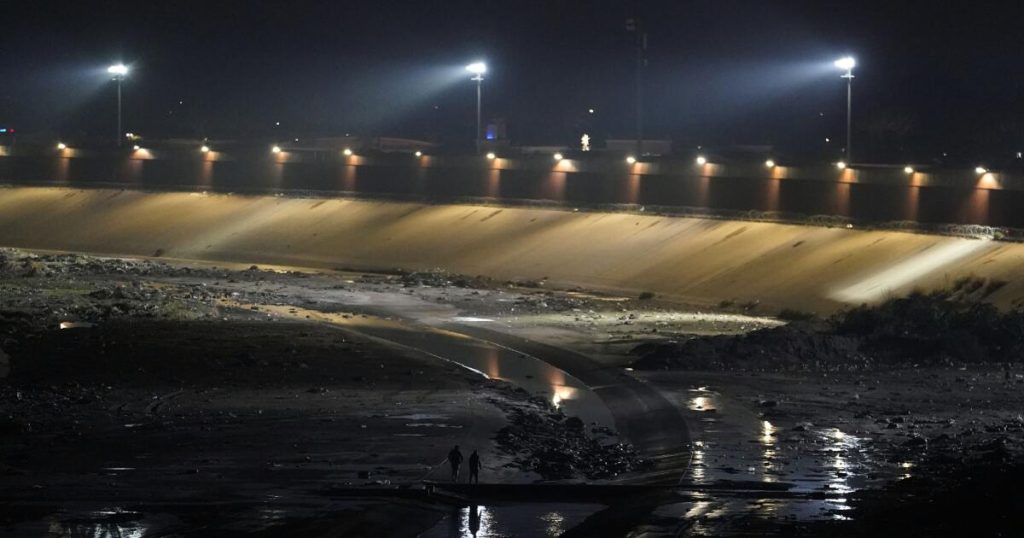The Tijuana River has been plagued by raw Tijuana sewage and industrial waste for decades, tainting beaches with contaminated water along the US Mexican border and sending foul odors wafting through the San Diego County community.
On Wednesday, the Environmental Group’s American Rivers ranked Tijuana River No. 2 in its annual list of the most endangered rivers in the country, starting from ninth place on last year’s list. The group said they raised the list river just behind the first rank Mississippi River to draw more attention to the issue of chronic contamination of the waterway and the lack of action to clean it.
Another group, the Surfrider Foundation, has circulated a petition asking President Trump to declare a national emergency to curb the flow of backlogs and promote efforts to clean rivers.
“The Tijuana River has shifted from a pollution issue to a public health crisis. Raising the Tijuana River on its list of most endangered rivers reflects its urgency.” “What we urgently need is the Trump administration to make a federal emergency declaration, which will free up funds to address some of the right issues.”
In addition to more funding from the US government to repair and maintain sewage treatment facilities that break down regularly, the Environmental Group has called on Mexico to take additional steps to fix sewage leaks and make other improvements on the border.
They pointed out that Mexico has made progress in recent years. Tijuana recently completed the construction of a new sewage treatment plant in the San Antonio delos Buenos area, part of a large-scale infrastructure program developed by the US Environmental Protection Agency.
Sarah Davidson, manager of the Surfrider’s Clean Border Water Now program, said: “We will need cross-border cooperation. We will need diplomacy and long-term funding from both governments, so we will need to find these paths to work with the Mexican government.”
Willis said funds from the U.S. government would be needed to modify the South Bay International Wastewater Treatment Plant, north of the border, and measures such as sewage treatment from Tijuana must be treated and measures such as pollution monitoring and health research in communities near the river.
“The pollution from the Tijuana River is not just the river itself, but also the river flows into the air when it flows into the ocean, and ocean spray turns the pollution into an aerosol,” Willis said. “This is bringing a public health crisis, not just our community, but our military.”
The environmental group cites a recent report from the Department of Defense, showing that around 1,100 cases of illness have been reported between naval seals and other service members who were exposed to high levels of bacteria when trained abroad near the border.
The Tijuana River starts in Baja, California and runs 120 miles across Southern California, reaching the Pacific Ocean on the Imperial Beach. Beaches near the river mouth and sewage treatment plant outlets are regularly closed due to high levels of marine bacteria.
Residents have also expressed concern about the potential health effects of high levels of hydrogen sulfide and other gases and steam emitted from rivers.
“This is one of our biggest ongoing public health and environmental justice crises,” Davidson said. “This is similar to other environmental catastrophes, such as the water crisis in Flint, Michigan and elsewhere. More awareness, more pressure and more prioritization in the federal government to get funding on the issues needed for the solution.”
When they held a press conference for the River on Wednesday, Davidson and others wore respiratory tracts to protect themselves from air pollution.
“It really impacts every aspect of community life in these communities, near and near the Tijuana River Valley,” Davidson said. “So it’s a pretty hopeless situation and we really need all the help we get from everyone at every level of government.”
Source link




